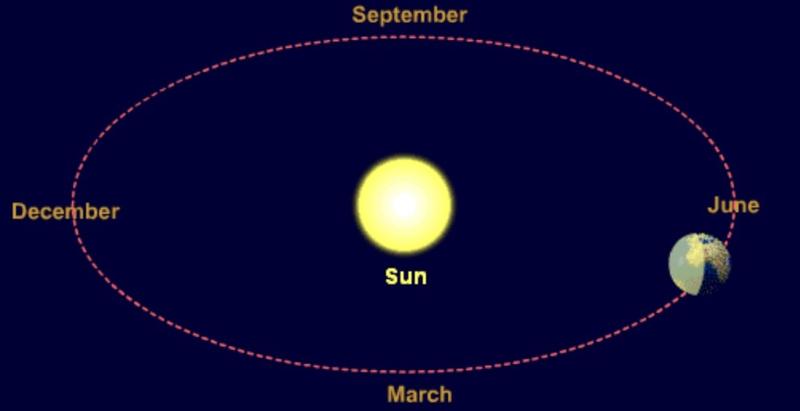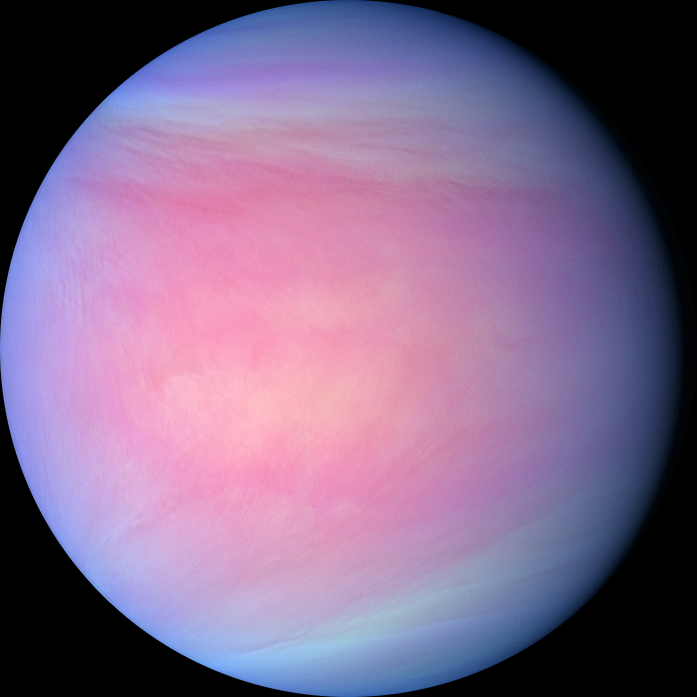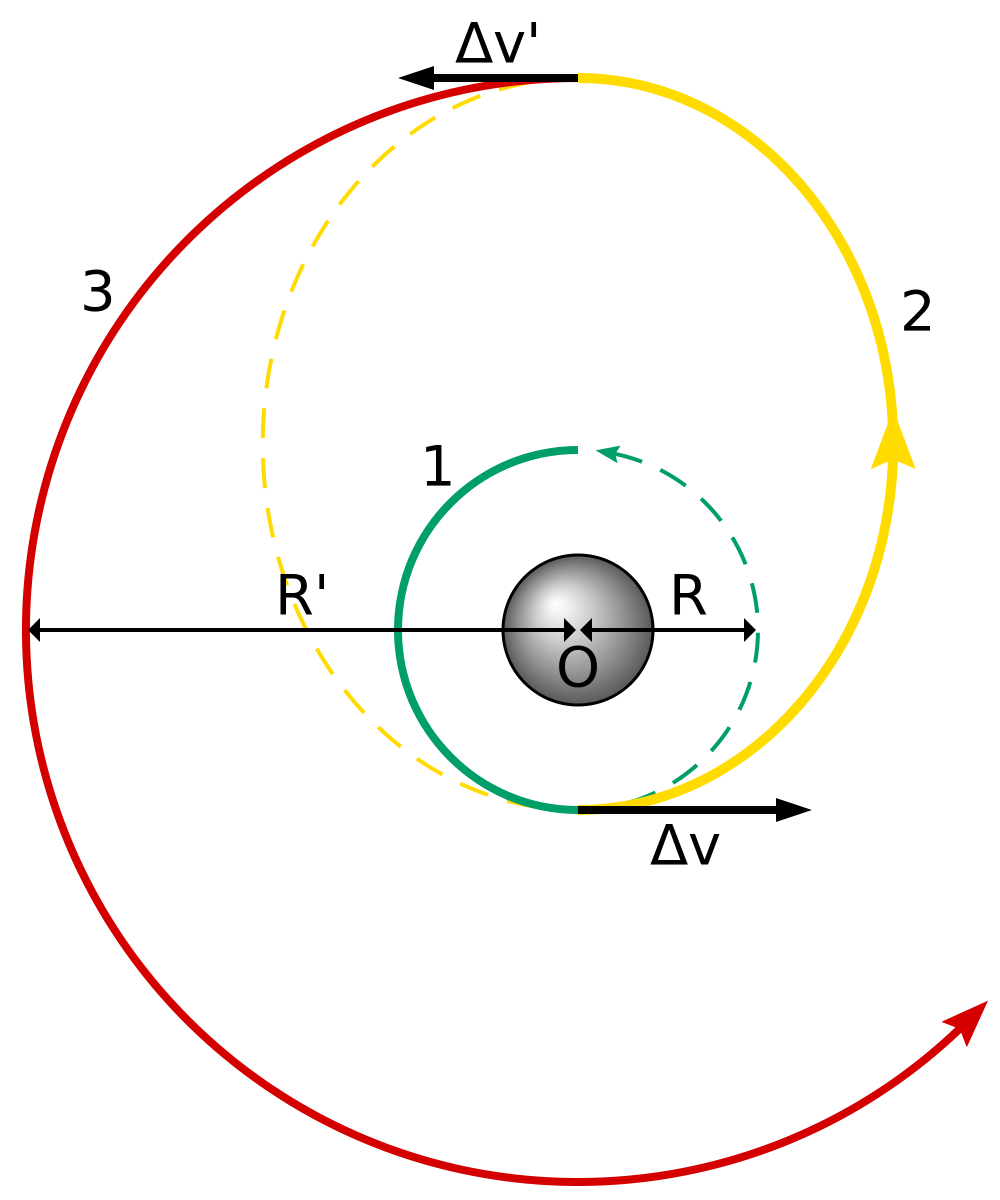


A line drawn from the planet to the satellite sweeps out equal areas in equal times no matter which portion of the orbit is measured.

A special case of this is a circular orbit (a circle is a special case of ellipse) with the planet at the center. Orbits are elliptical, with the heavier body at one focus of the ellipse.The specific example discussed is of a satellite orbiting a planet, but the rules of thumb could also apply to other situations, such as orbits of small bodies around a star such as the Sun. The following rules of thumb are useful for situations approximated by classical mechanics under the standard assumptions of astrodynamics outlined below the rules. Astrodynamics numerical techniques were coupled with new powerful computers in the 1960s, and humans were ready to travel to the moon and return.įurther information: List of orbits Rules of thumb He consulted the rocket scientist Robert Goddard and was encouraged to continue his work on space navigation techniques as Goddard believed they would be needed in the future. Modern orbit determination and prediction are used for operating all types of satellites and space probes, as it is necessary to know their future positions to a high degree of accuracy.Īstrodynamics was developed by astronomer Samuel Herrick beginning in the 1930s. The theory of orbit determination has subsequently been developed to the point where today it is applied in GPS receivers as well as the tracking and cataloguing of newly observed minor planets. Gauss's method was able to use just three observations (in the form of pairs of right ascension and declination), to find the six orbital elements that completely describe an orbit. Newton's method of successive approximation was formalised into an analytic method by Leonhard Euler in 1744, whose work was in turn generalised to elliptical and hyperbolic orbits by Johann Lambert in 1761–1777.Īnother milestone in orbit determination was Carl Friedrich Gauss's assistance in the "recovery" of the dwarf planet Ceres in 1801. This was used by Edmund Halley to establish the orbits of various comets, including that which bears his name. Isaac Newton published more general laws of celestial motion in the first edition of Philosophiæ Naturalis Principia Mathematica (1687), which gave a method for finding the orbit of a body following a parabolic path from three observations. Johannes Kepler was the first to successfully model planetary orbits to a high degree of accuracy, publishing his laws in 1605. Furthermore, the history of the fields are almost entirely shared. The fundamental techniques, such as those used to solve the Keplerian problem (determining position as a function of time), are therefore the same in both fields. At the time of Sputnik, the field was termed 'space dynamics'. Until the rise of space travel in the twentieth century, there was little distinction between orbital and celestial mechanics. 5.3 Interplanetary Transport Network and fuzzy orbits.5.2 Gravity assist and the Oberth effect.If it is constant in magnitude and changing in direction with the velocity, circular motion ensues. Transverse acceleration ( perpendicular to velocity) causes change in direction. 7 Orbital velocity in general relativity.In this case, not only the distance, but also the speed, angular speed, potential and kinetic energy are constant. Here the centripetal force is the gravitational force, and the axis mentioned above is the line through the center of the central mass perpendicular to the plane of motion. Listed below is a circular orbit in astrodynamics or celestial mechanics under standard assumptions. Unintuitively, (3) spirals farther and farther behind whereas (4) spirals ahead.Ī circular orbit is an orbit with a fixed distance around the barycenter that is, in the shape of a circle.

Solid curves are perturbations relative to the satellite: in one orbit, (1) and (2) return to the satellite having made a clockwise loop on either side of the satellite. (4 - black) backwards of the direction of travel.ĭashed ellipses are orbits relative to Earth. (3 - grey) in the direction of travel, and At the top of the diagram, a satellite in a clockwise circular orbit (yellow spot) launches objects of negligible mass:


 0 kommentar(er)
0 kommentar(er)
